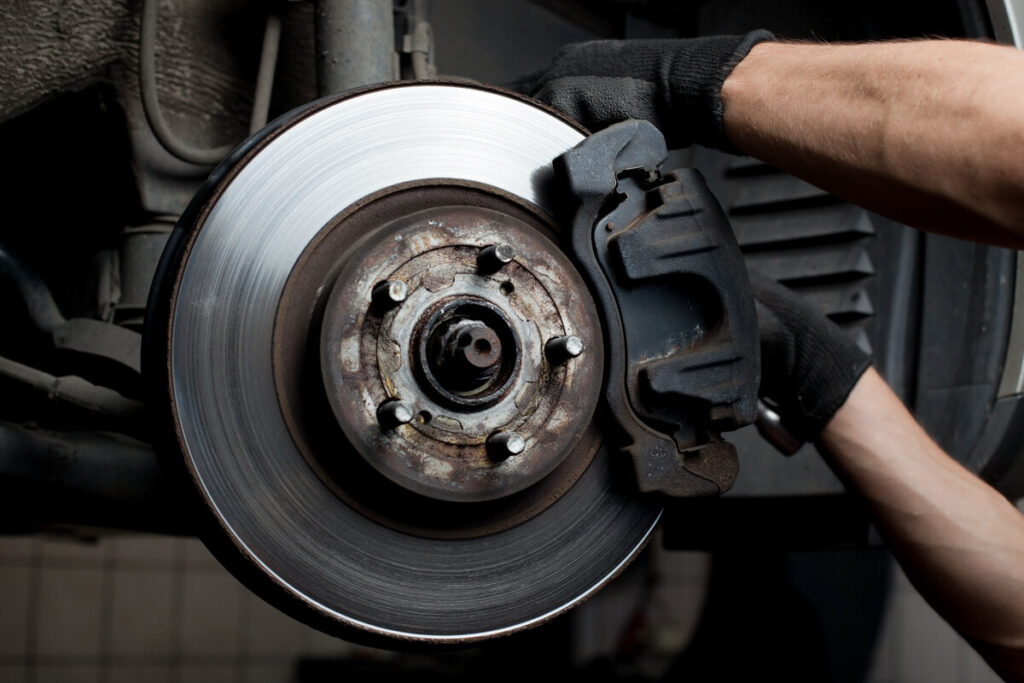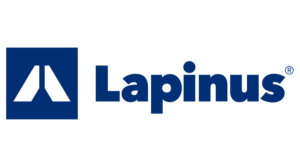In the landscape of automotive engineering, even the smallest components can make a significant impact. Among these, brake systems stand out as crucial elements for ensuring safety and performance. At Lapinus, a key player in the industry, attention to detail is the norm, especially when it comes to advancing brake technology.
In this article, we explain the role of the Fontijne Presses LabEcon 600 in shaping the future of brake systems at Lapinus.
Lapinus, a department of the Rockwool Group – the world leader in precision-engineered stone wool solutions – operates as a commercial department specializing in selling engineered mineral fibers to customers worldwide. Besides that, it has a laboratory for in-house application and product development.
About Lapinus, department of Rockwool Group
What they do
» The product range of Lapinus includes loose fibers meticulously engineered for length and purity. For specific customer applications the fibers are coated in order to make them hydrophilic or hydrophobic.
» These versatile products find applications in diverse fields such as friction, water management, tracks, coatings, gaskets and fences. Notably, the automotive sector constitutes the primary market with over 80% of Lapinus’s products being utilized in brake pads for both passenger cars and commercial vehicles.
» The distinguishing factor of Lapinus mineral fibers lies in their proven non-carcinogenic nature, attributed to stringent chemical composition controls (for example 20 years ago these mineral fibers were meant to replace asbestos). This quality, combined with consistent excellence, sets them apart from competitors.
Innovation in automotive applications
Lapinus focuses on addressing global trends and challenges in the automotive sector with a significant focus on the development of brake systems incorporating innovative fibers.
The use of innovative fiber solutions for safe and comfortable braking performance is prompted by global trends and challenges like:
» Comfort: Evidence shows that 40% of European citizens experience annoyance from traffic noise. Brake noise is a contributor to this, making it a key focus for the friction industry. Bringing comfort by continuously improving noise performance, without compromising friction performance is one of the main tasks for brake producers.
» Non-exhaust PM emissions: While exhaust emissions are significantly reduced thanks to stricter regulations, non-exhaust emissions have become the main source of traffic particulate matter (PM) emissions. These account for over 90% of PM10 and 85% of PM2.5 emissions from traffic. Up to 55% of non-exhaust traffic related PM10 emissions in urban environments are caused by brake wear.
» Electrification: The tightening regulations on CO2 emissions and usage of fossil fuels have boosted the popularity of electric vehicles. In 2030, the share of electrified vehicles is expected to rise to 50 percent of new-vehicle sales.
» Health & Safety: With an increasing focus on health and safety, compounders are facing limitations on the use of traditional raw materials (e.g. copper). Innovative solutions are needed to make sure the friction material can still perform well even under extreme braking conditions.
» Global platforms: The ‘global platform’ concept calls for one brake solution with the best possible combination of performance and comfort.
In-house application development center equipped with the LabEcon press
To enhance their capabilities and meet stringent market demands, Lapinus established an in-house Application Development Center. This facility, featuring the Fontijne Presses LabEcon 600 hydraulic press, enables the production of brake pads in limited quantities for comprehensive testing.
This automated hydraulic press, known for its reliability and flexible programming, enhances Lapinus’s understanding of fiber behavior and optimizes production processes.
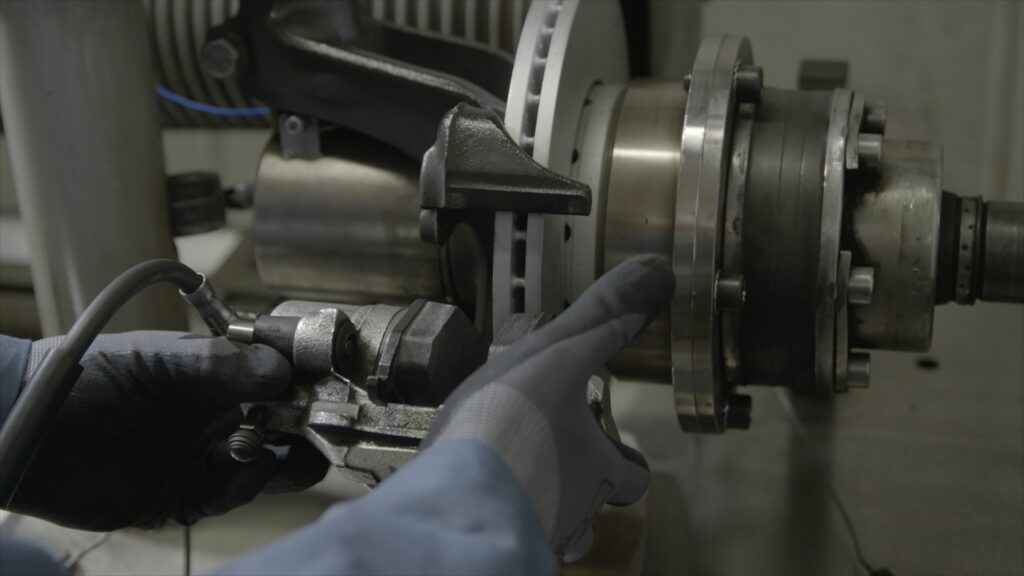
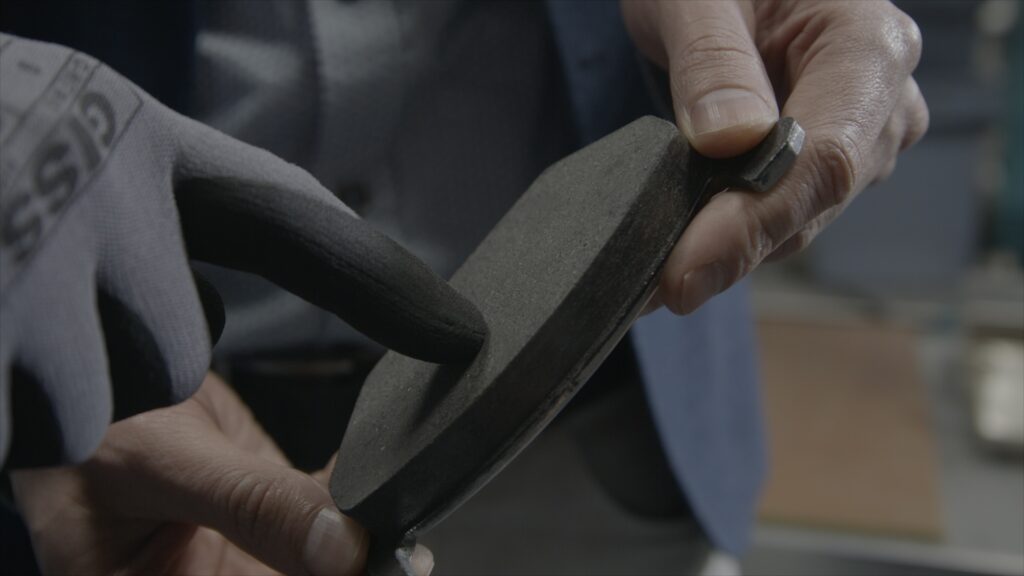
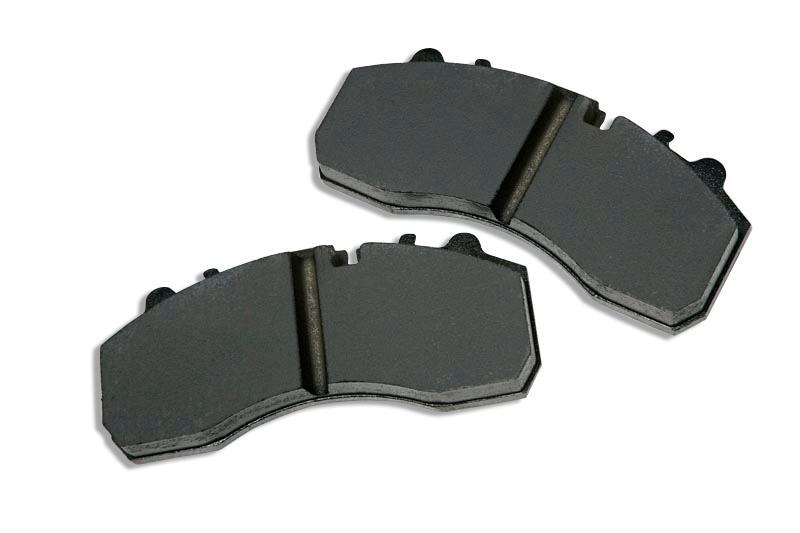
The Fontijne Presses LabEcon 600 hydraulic press is used to press brake pads with special tooling. Crosslinking in the compound is activated by pressure and temperature. After pressing, the brake pads are cured in an oven for a longer period before they are used to do application research.
Funs Sanders, Laboratory Coordinator at Lapinus explains:
A press is essential in the manufacturing process of brake pads. The pressing stage in this process is largely defining the brake pad performance (like wear, temperature stability and friction coefficient). The outcome of our testing is the input for our customers.
The Fontijne Presses lab press is reliable and makes it possible to produce brake pads with consistent quality. The easy and flexible way to program press cycles makes it possible to also work on customer specific applications.
Besides that, both the well-founded knowledge of the behavior of our fibers in brake applications as well as the optimized processing (like mixing, curing etc.) have improved the quality of our production processes and of course sales.
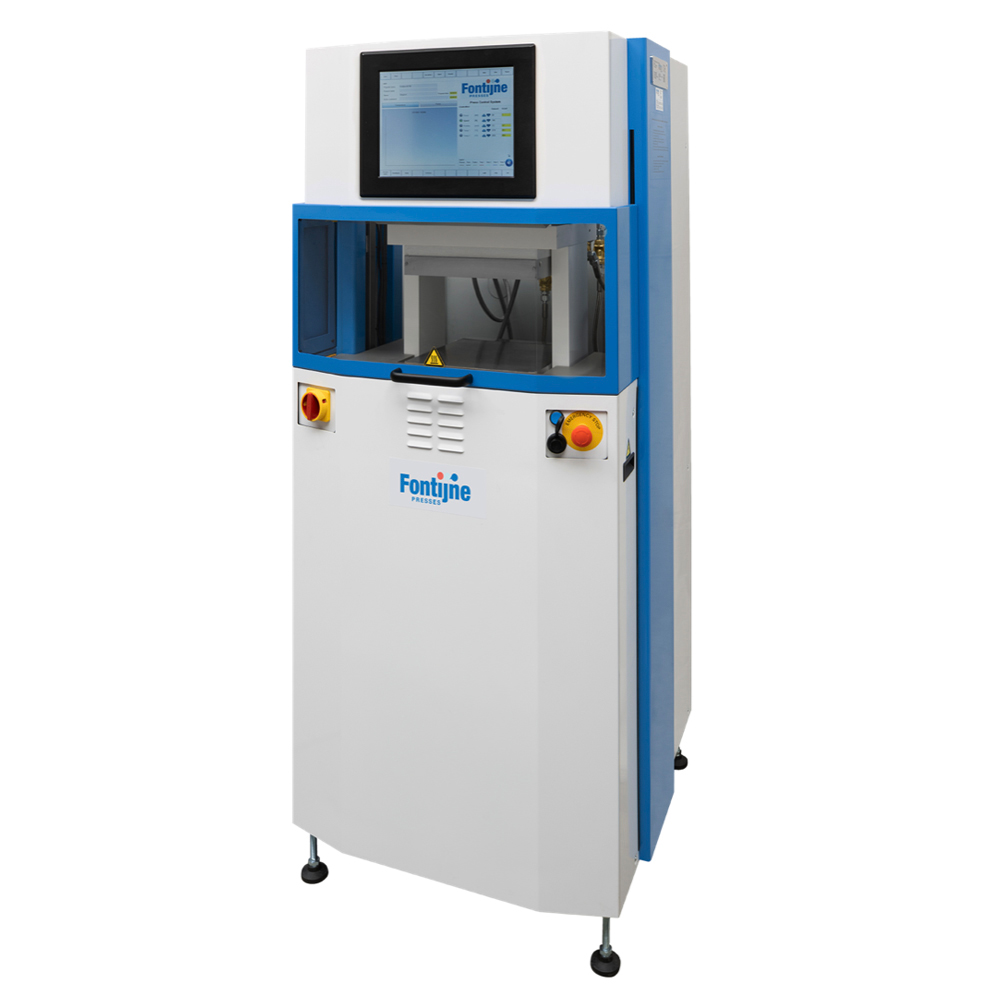
The cooperation between Lapinus and Fontijne Presses
The collaboration between Lapinus and Fontijne Presses has been marked by the LabEcon laboratory press’s exceptional performance, coupled with the high level of service and problem-solving capabilities provided by the team of Fontijne Presses. Lapinus’s decision to continue investing in Fontijne Presses, purchasing additional presses over the years, underscores the satisfaction derived from the collaboration.
Funs Sanders adds to his recommendation for the Fontijne Presses laboratory presses to other companies:
The ease of operation and reliability of the Fontijne Presses lab presses make them our preferred choice. It is very easy to create pressing programs and the equipment is reliable in its use over the years.
Contact us here to find out more about this application
